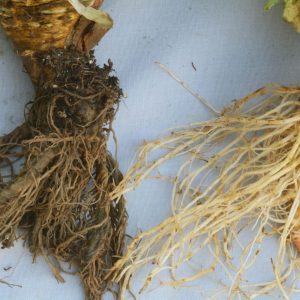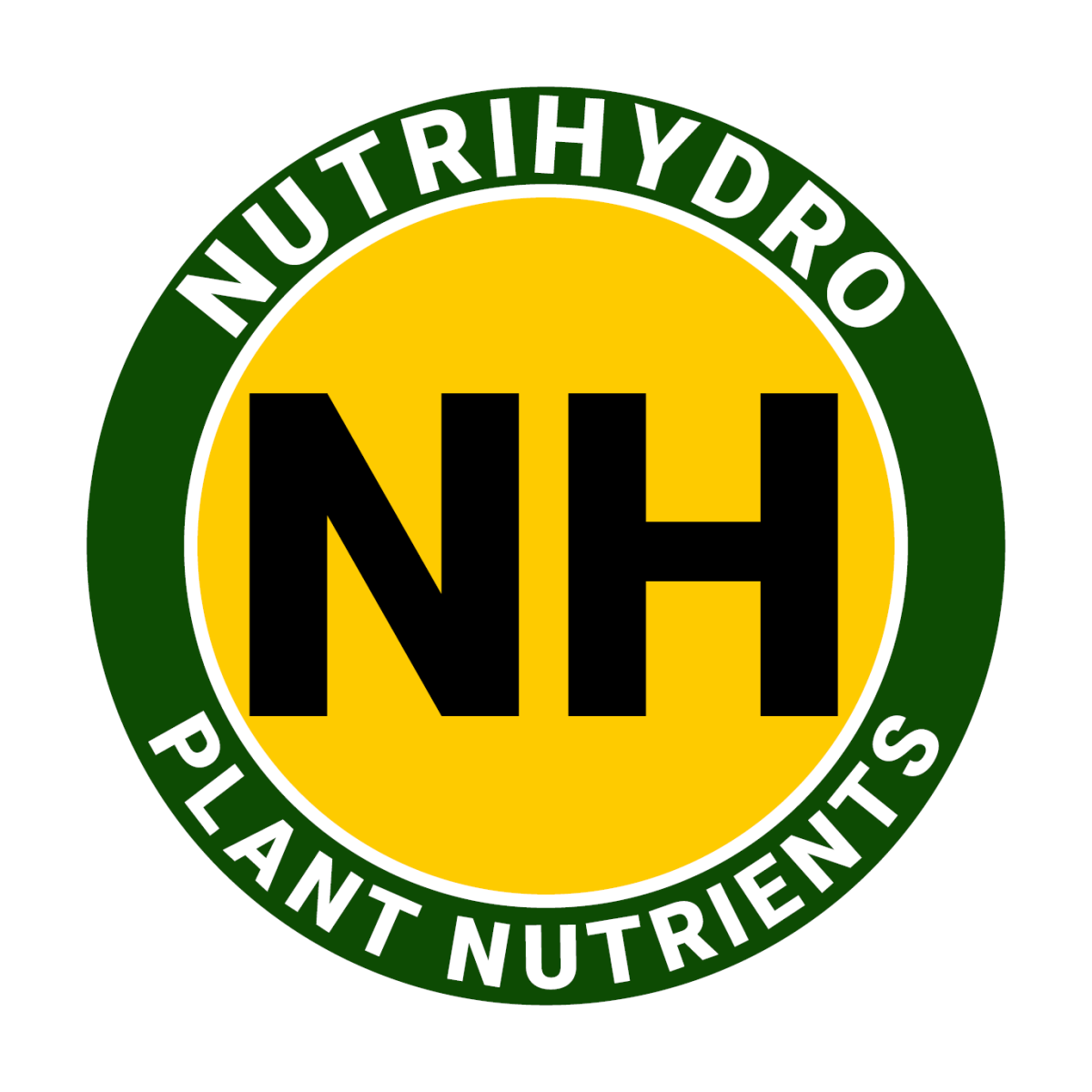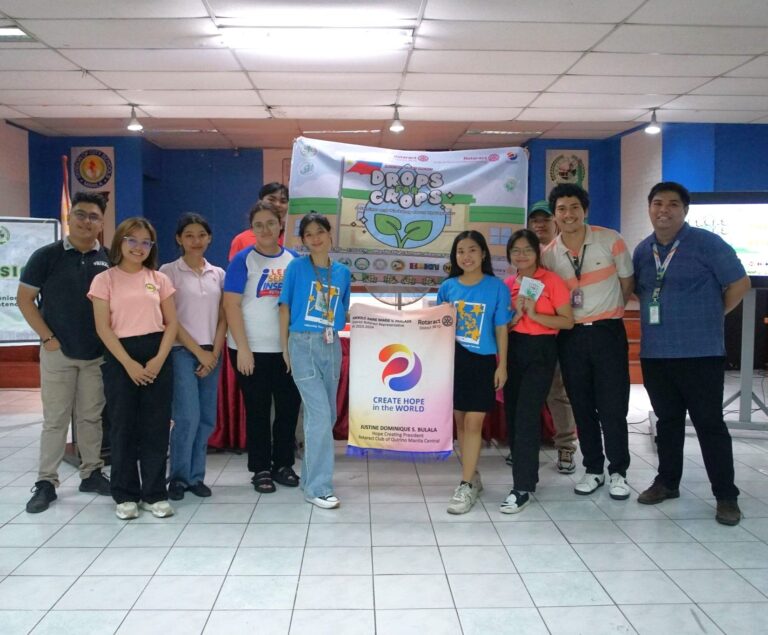Pythium Root Rot : Wilt and Die Series
 As the popularity of hydroponic farming grows, so does the necessity to understand and combat diseases specific to this method of cultivation. Pythium root rot is one such disease that hydroponic growers, especially those cultivating lettuce, must remain vigilant against. This water-borne pathogen is notorious for its destructive nature and can severely impact the productivity and profitability of a hydroponic system if not managed effectively.
As the popularity of hydroponic farming grows, so does the necessity to understand and combat diseases specific to this method of cultivation. Pythium root rot is one such disease that hydroponic growers, especially those cultivating lettuce, must remain vigilant against. This water-borne pathogen is notorious for its destructive nature and can severely impact the productivity and profitability of a hydroponic system if not managed effectively.
How does Pythium Root Rot Start in Hydroponic Systems?
Pythium root rot is caused by Pythium, a genus of parasitic oomycetes (often misidentified as fungi) that thrives in water-logged conditions. In hydroponic systems, Pythium can spread rapidly, thanks to the shared water supply. The disease often begins when the spores of Pythium, present in the water or introduced through contaminated tools or plant material, come into contact with the roots of the host plant. Once infected, the disease can spread to other plants through the shared nutrient solution, facilitated by the interconnectedness inherent to most hydroponic systems.
Symptoms of Pythium Root Rot:
The symptoms of Pythium root rot can vary depending on the plant’s age and overall health, but some common signs include:
- Brown, slimy roots: The roots may initially appear light brown but quickly darken as the disease progresses.
- Reduced root mass: Infected plants often show a significant reduction in root mass as Pythium destroys the root tissue.
- Stunted growth: Affected plants display reduced vigor and stunted growth compared to their healthy counterparts.
- Yellowing and wilting of leaves: As the disease inhibits the plant’s ability to absorb water and nutrients, the foliage begins to wilt and turn yellow.
Treatment and Management of Pythium Root Rot:
- Removal of infected plants: To prevent the disease from spreading, promptly remove and properly dispose of any infected plants.
- Use of fungicides: Specific fungicides are available that can help control Pythium root rot. However, it is essential to rotate fungicides to prevent the development of resistance.
- Beneficial microbes: Introducing beneficial microbes like Trichoderma or Bacillus species can help suppress Pythium by outcompeting it for nutrients and space.
Prevention of Pythium Root Rot:
- System sterilization: Regularly sterilize your hydroponic system, including all tools, to kill any lurking Pythium spores.
- Water and Nutrient Management: Overwatering and over-fertilization can promote Pythium growth. Use a balanced nutrient solution like NutriHydro’s Lettuce Formula, specifically formulated for lettuce, providing all the necessary nutrients to promote healthy growth and resilience against diseases like Pythium root rot.
- pH Management: A proper pH level (5.5 to 6.5 for lettuce) is crucial for nutrient absorption. An imbalance can weaken the plants and make them more susceptible to diseases.
Role of NutriHydro’s Bio-stimulants in Lettuce Cultivation:
NutriHydro’s Bio-stimulants can play a significant role in preventing Pythium root rot and enhancing lettuce growth. Applied as a foliar spray, these bio-stimulants improve nutrient uptake, stimulate plant growth, and boost the plant’s immune system. Furthermore, they promote the growth of beneficial microbes that can help control Pythium root rot.
In conclusion, Pythium root rot can pose a substantial challenge to hydroponic lettuce growers. However, with proactive monitoring, proper sanitation, sound nutrition, and the effective use of tools like NutriHydro’s Lettuce Formula and Bio-stimulants, this disease can be effectively managed, leading to healthy and profitable crop yields.
= = = = =
On the next article, we will discuss Botrytis (Grey Mold), also a disease that causes lettuce to wilt and rot.
Author
Christopher Tuason
Christopher Tuason
NutriHydro is a manufacturer of plant nutrients based in the Philippines. They are known to grow the healthiest, heaviest, and largest lettuce in the country. NutriHydro products are available to purchase from the following e-commerce platforms.
Lazada: bit.ly/3asMYXN
Shopee: bit.ly/3nRJX6Z
Basilyard: bit.ly/346Kklw
NutriHdyro Website: bit.ly/434MoY6





